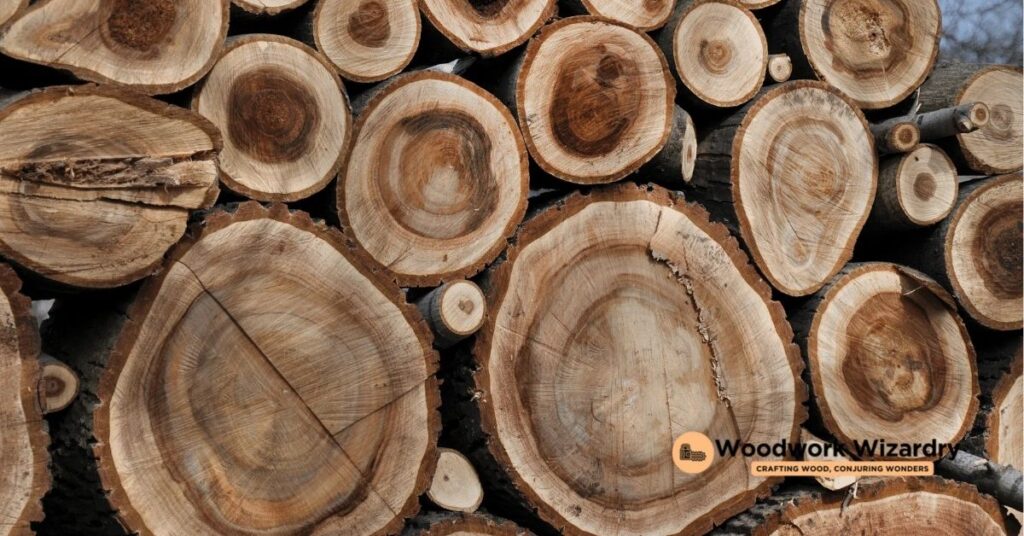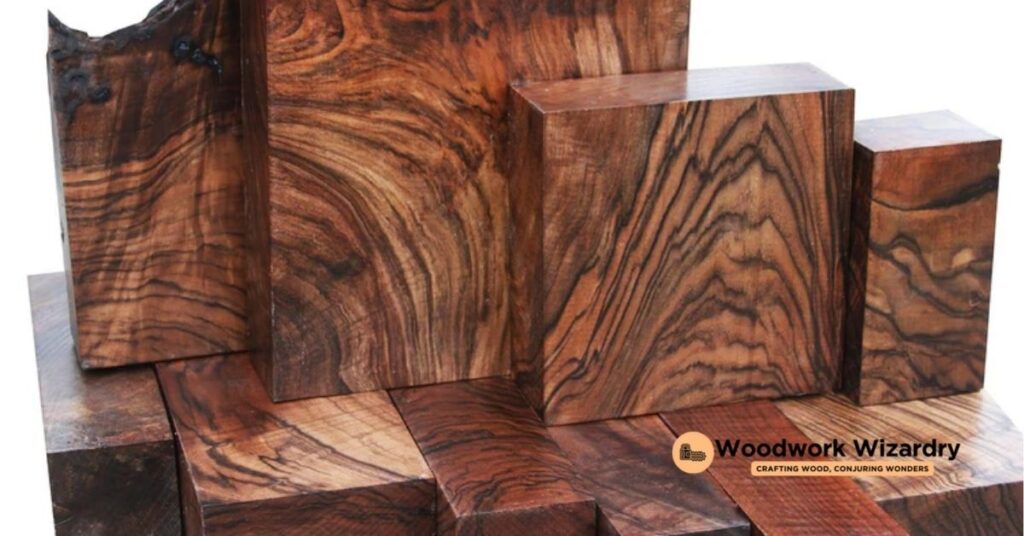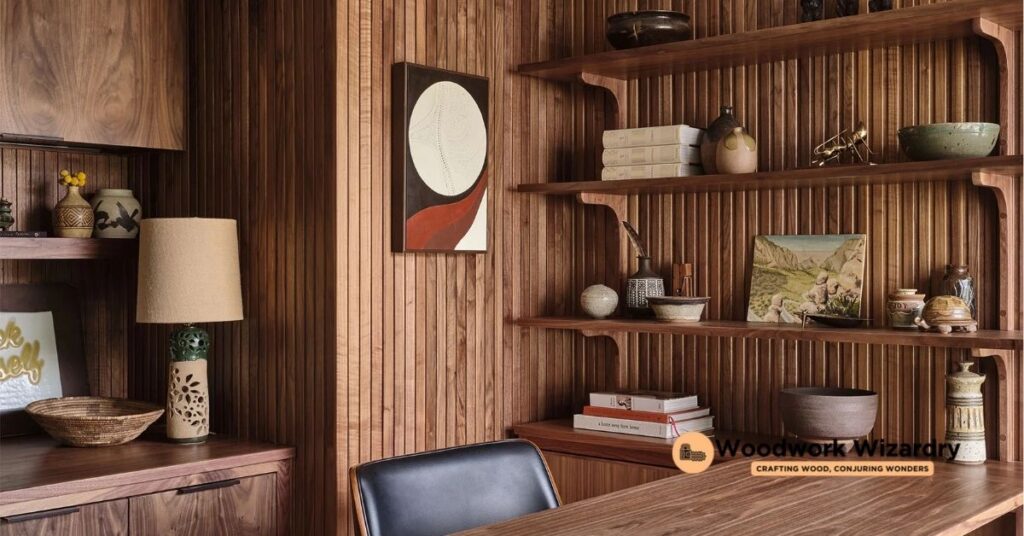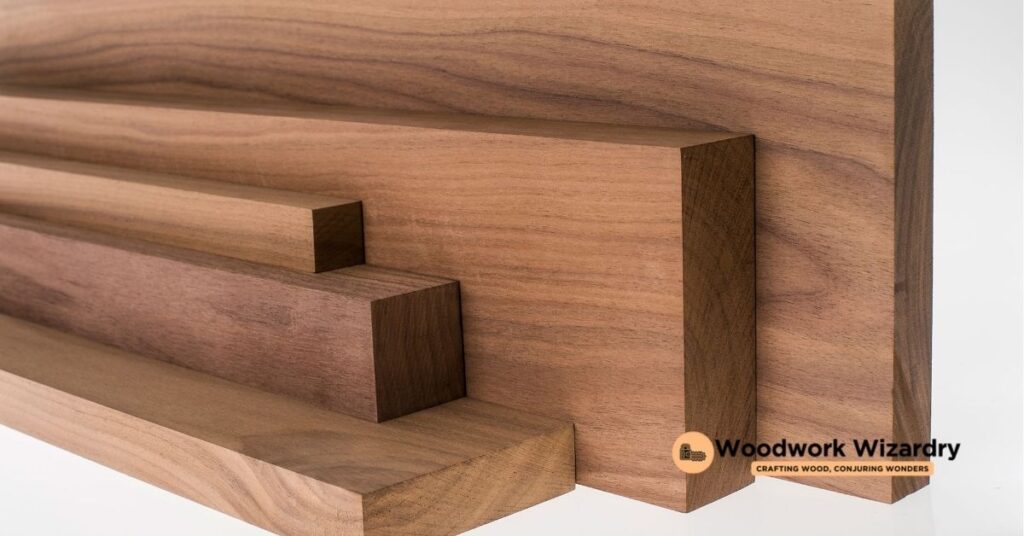Have you ever noticed how walnut wood seems to transform over time, shifting in color and character? It’s not just your imagination—it’s part of what makes this wood so unique and sought after. Whether you’re admiring a freshly crafted walnut table or a cherished antique, its evolving hues tell a story that’s both fascinating and natural.
Understanding why walnut wood changes color isn’t just about satisfying curiosity. It helps you care for your furniture, make informed design choices, and appreciate the beauty of this timeless material. If you’ve ever wondered what’s behind this transformation, you’re about to uncover the secrets that make walnut wood such a ever-changing and captivating choice.
What Causes Color Changes In Walnut Wood

Walnut wood undergoes color changes due to several natural and environmental factors. These changes occur over time, improving the beauty and character of the wood.
Natural Aging Process
Aging contributes to the gradual transformation of walnut wood’s appearance. This process occurs as the wood’s tannins interact with oxygen. Over time, walnut often transitions from rich, dark brown tones to lighter, amber hues. Furniture crafted from walnut frequently showcases this subtle yet noticeable color shift.
Exposure To Light
Light exposure significantly affects walnut wood’s coloration. Prolonged contact with sunlight or artificial light can cause photochemical reactions. Ultraviolet (UV) rays, in particular, break down the lignin in the wood fibers, lightening its original color. For example, a walnut table positioned near a window is likely to develop a lighter and warmer patina over years of exposure.
Reaction To Moisture And Air
Moisture and air influence walnut wood’s oxidation process. When exposed to humidity or fluctuating air conditions, the wood absorbs and releases moisture. This interaction can deepen the tones or create subtle variations in shade. For instance, a walnut cabinet in a high-humidity environment might darken unevenly compared to one in a controlled climate.
Chemical Properties Of Walnut Wood

Walnut wood’s unique ability to change color is deeply connected to its chemical composition. These changes result primarily from its interaction with tannins and exposure to oxygen.
Role Of Tannins
Tannins play a key role in walnut wood’s color transformation. Present in high concentration, these organic compounds are responsible for the wood’s initial dark brown appearance. Over time, tannins react with environmental factors like air and moisture. This reaction alters the wood’s tones, often leading to warmer and lighter hues. Walnut wood with higher tannin content tends to exhibit more pronounced color variations.
Oxidation And Its Impact
Exposure to oxygen triggers oxidation in walnut wood. This chemical reaction gradually modifies the wood’s surface color. As oxygen interacts with the tannins, the original rich tones lighten, creating amber or golden shades. Oxidation is more noticeable when walnut wood is used in well-lit spaces, as light accelerates this process. But, deeper layers of the wood often retain their darker, original tones, highlighting the contrast with the aged surface.
Environmental Factors Affecting Walnut Wood Color

Environmental conditions significantly influence walnut wood’s color transformation. External elements like sunlight, temperature, and humidity interact with the wood’s chemical properties, leading to visible changes.
Effects Of Sunlight And UV Rays
Sunlight exposure alters the wood’s surface color through photochemical reactions. UV rays break down the lignin, a natural polymer in walnut wood, causing the surface to fade and shift to lighter tones. This process is more pronounced in wood used for flooring, furniture, or outdoor items frequently exposed to direct light.
Artificial light sources can have similar effects. Over time, prolonged exposure to fluorescent or LED lighting may also accelerate discoloration. These changes often bring amber undertones to darker walnut surfaces, particularly in areas receiving consistent illumination.
Changes Due To Temperature And Humidity
Fluctuations in temperature and humidity directly affect walnut wood’s appearance. Excess moisture causes swelling, leading to uneven reactions with the wood tannins, creating darker patches or variations in shade. Locations with high humidity amplify this effect, particularly when ventilation is insufficient.
Temperature swings contribute to the aging process. Heat intensifies the wood’s natural oxidation, speeding up the transition to lighter hues. In contrast, controlled environments with low humidity and consistent temperatures slow down visible color changes and help the wood retain its original tones longer.
How To Preserve Walnut Wood’s Color

Walnut wood’s beauty is enduring, but its color evolves with age and environment. By applying intentional care, you can maintain its rich, natural tones for years.
Proper Sealing And Finishing
Choose high-quality sealants or finishes to protect walnut wood’s surface. Finishes like polyurethane or lacquer help create a barrier, preventing air and moisture from accelerating color changes. Apply a sealant evenly to reduce oxidation and maintain the wood’s depth of color. Opt for finishes with UV inhibitors to shield against light damage and fading. Reapply the finish periodically to sustain protection as it wears off over time.
Minimizing Exposure To Direct Sunlight
Position walnut furniture or wood away from windows or direct light sources. Prolonged UV exposure triggers photochemical reactions, altering the wood’s natural tones. Use window treatments including blinds or curtains in sunlit rooms to reduce intensity. Place UV-protective films on windows to further limit exposure. If sunlight is unavoidable, rotate furniture or wood pieces regularly to ensure uniform light distribution and prevent uneven fading.
Regular Maintenance Tips
Dust walnut wood surfaces with soft, non-abrasive cloths to avoid buildup that can trap humidity. Clean gently with a mild, wood-safe cleaner to maintain its finish and prevent moisture penetration. Avoid standing water or damp rags, as excess moisture impacts walnut wood’s color and texture. Use wax or oil-based polishes periodically to restore luster and create an additional protection layer. Inspect the wood regularly for changes or signs of discoloration and address issues promptly to preserve its original appearance.
Conclusion
Walnut wood’s ability to change color over time adds to its unique charm and timeless appeal. Its ever-changing nature, influenced by environmental factors and natural aging, makes it a standout choice for furniture and design. By understanding these changes and taking proper care, you can preserve its beauty while embracing the character it develops with age. Whether in a well-lit space or a carefully controlled environment, walnut wood continues to captivate with its evolving hues and rich textures.







